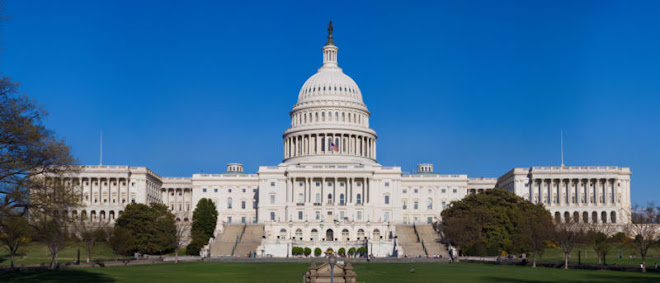From AEI:
ObamaCare: It Is Here By Scott Gottlieb
New York Post
Thursday, August 26, 2010
While many of Obama Care's major pieces won't kick in until 2014, a few big changes are already under way--and offering an early taste of what's in store for American health care. It ain't pretty.
Think: greater government control, less competition and fewer options for consumers.
As early as next month, for example, the administration is expected to unveil its definition of "unreasonable rate increases." This is its way of dictating premiums.
It's also drafting a slew of new regulations--mandating everything from the kinds of benefits health insurers must offer to how they spend their revenues. Some of the new rules will force millions of seniors out of their current Medicare Part D drug plans, even though the program has been highly successful.
Start with the new regs and the government's attempts to set insurance rates. The result is entirely predictable: Some health plans will inevitably quit the market.
ObamaCare's aim isn't to foster competition between private health plans--it's to take over the market for medical care.State "exchanges"--through which consumers will be able to buy federally subsidized, privately run health insurance--are scheduled to be up and running in 2014. But the Health and Human Services Department regulations will make it hard for insurers to do business in these new programs--so many simply won't.
For example, HHS, in effect, will cap health-plan profits through its new rules. Not only will it tightly control the rates they charge (which affect revenues) but also what benefits they must provide (which affect costs). At the same time, the feds are mandating how much revenue can be spent on overhead (which can affect both revenue and costs).
Yet, insurers will need to hike premiums to deal with reform-related mandates--rules, for instance, that make health insurance for individuals as much as 10 percent more expensive. If they don't, they risk seeing their profits slip.
And if they can't turn a reasonable profit, they're likely to exit the business. Indeed, if health plans can't set premiums high enough to cover their costs, they'll quickly go broke.
Meanwhile, as Team Obama makes traditional, commercial health insurance unviable, for-profit health plans are merging and acquiring other companies in a bid to diversify away from the market.
Bottom line: Don't expect many plans to emerge on these state exchanges.
In truth, Team Obama is quite candid about its intent: It wants to control the delivery of medical care, and that means controlling insurance companies. The exchanges aren't intended to expand consumer options; quite the opposite: they're meant to regulate insurers more intensely and manage people's medical choices.
The clear upshot: fewer plans and less choice for Americans.
But then, if consumers have fewer options, that's just fine with some Democrats. Indeed, they'll call that an example of "market failure" and use it as an argument for their ultimate dream: a government-run, "public option" to supplant private insurance.
All of this stands in sharp contrast to the approach government agencies took when they tried to create a new market for drug insurance in 2006.
When Medicare created its Part D drug benefit in 2006, the market exploded with hundreds of drug plans, giving consumers lots of options. The rules were purposely written to encourage plans to enter the market and allow them to turn a profit. The idea was that, after the market matured, competition would quickly make prices fall.
It worked. The costs of drug coverage have remained well below government estimates while the market has remained highly competitive.
But the Obama plan was written with a different goal: to wring profitability out of the insurance sector and use the money to subsidize government health programs. ObamaCare's aim isn't to foster competition between private health plans--it's to take over the market for medical care.
Team Obama is even bringing its philosophy to the relatively successful market for Medicare Part D plans. HHS is quietly telling large insurers they can only offer consumers a single "basic" drug plan choice rather than a variety of options. An independent analysis by health-research firm Avalere says the policy will force up to 4 million seniors--about 20 percent of all Part D enrollees--out of their current plans. It also could lead to changes in premiums and co-payments for these beneficiaries.
Team Obama says it wants to limit "confusion" among patients faced with too many choices. The real effect will be to reduce the competition among drug plans that has kept premiums low. Limiting the number of plans will also make the fewer remaining plans easier to regulate from Washington.
President Obama said his plan would give consumers a wider set of options. But even before the plan reaches full throttle, it's clear that's a promise he won't be able to keep.
Scott Gottlieb, M.D., is a resident fellow at AEI.










No comments:
Post a Comment